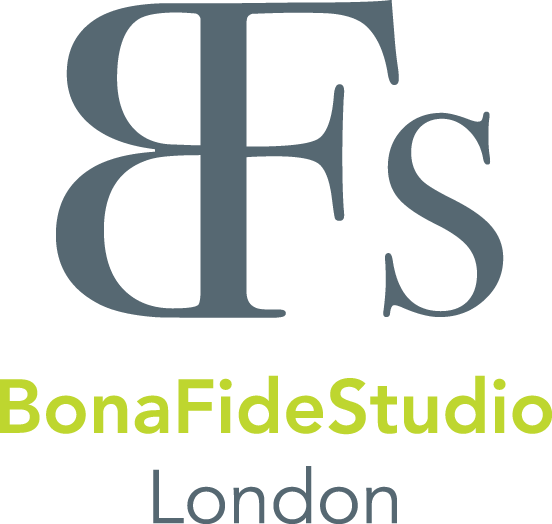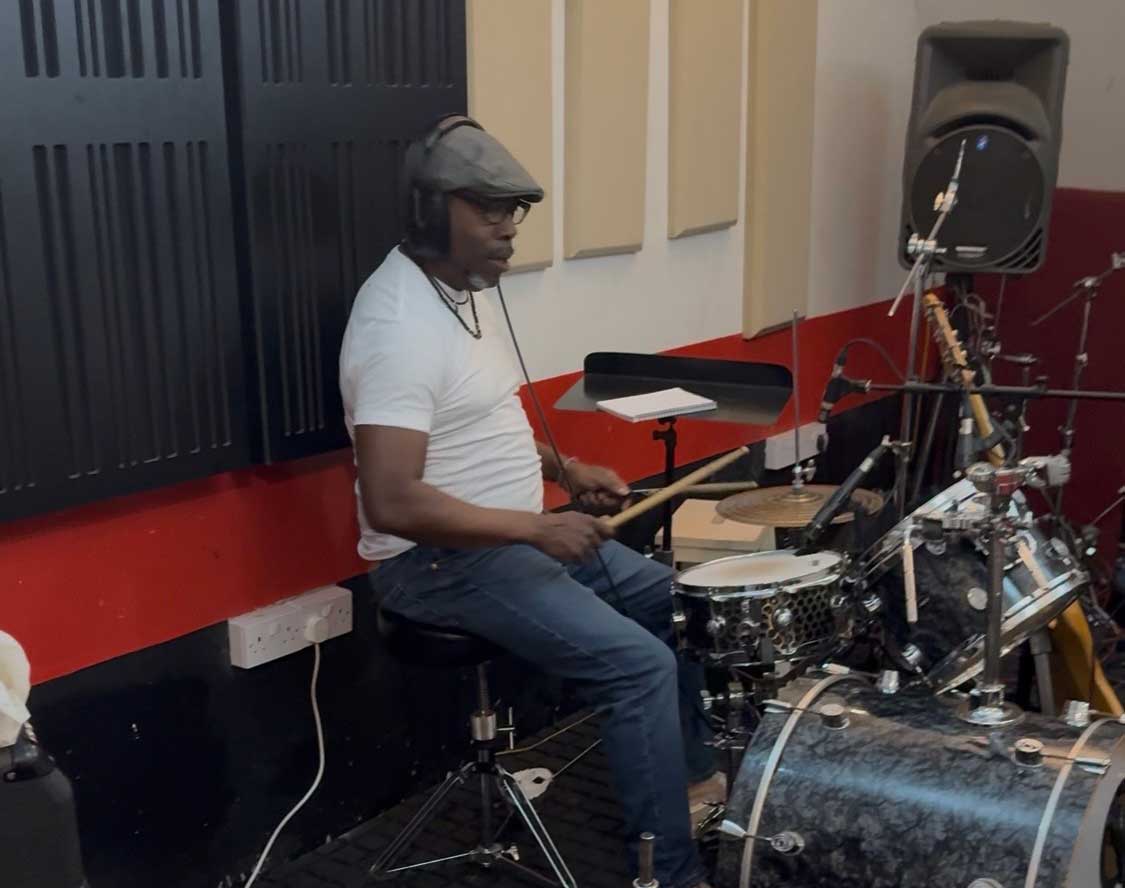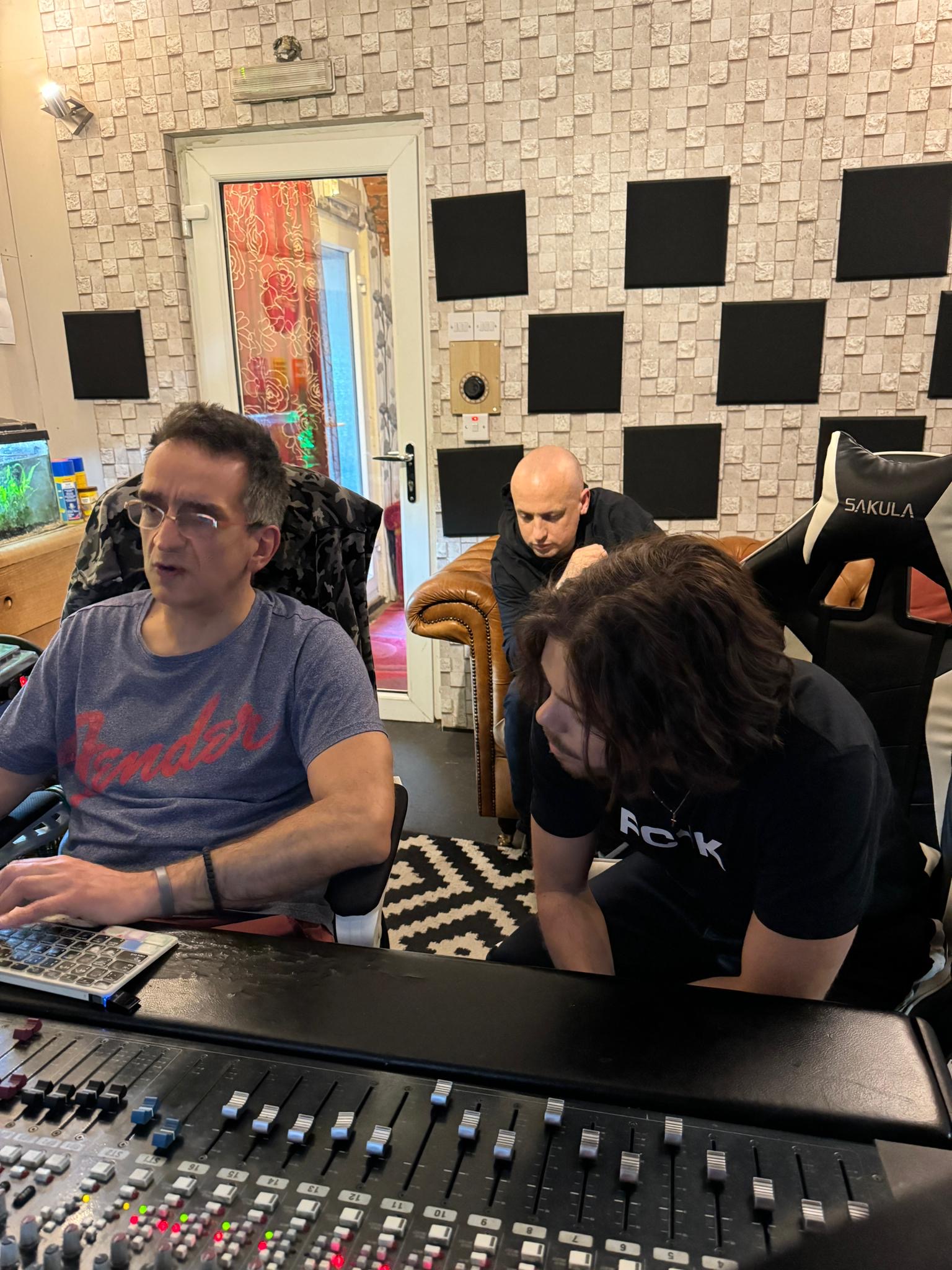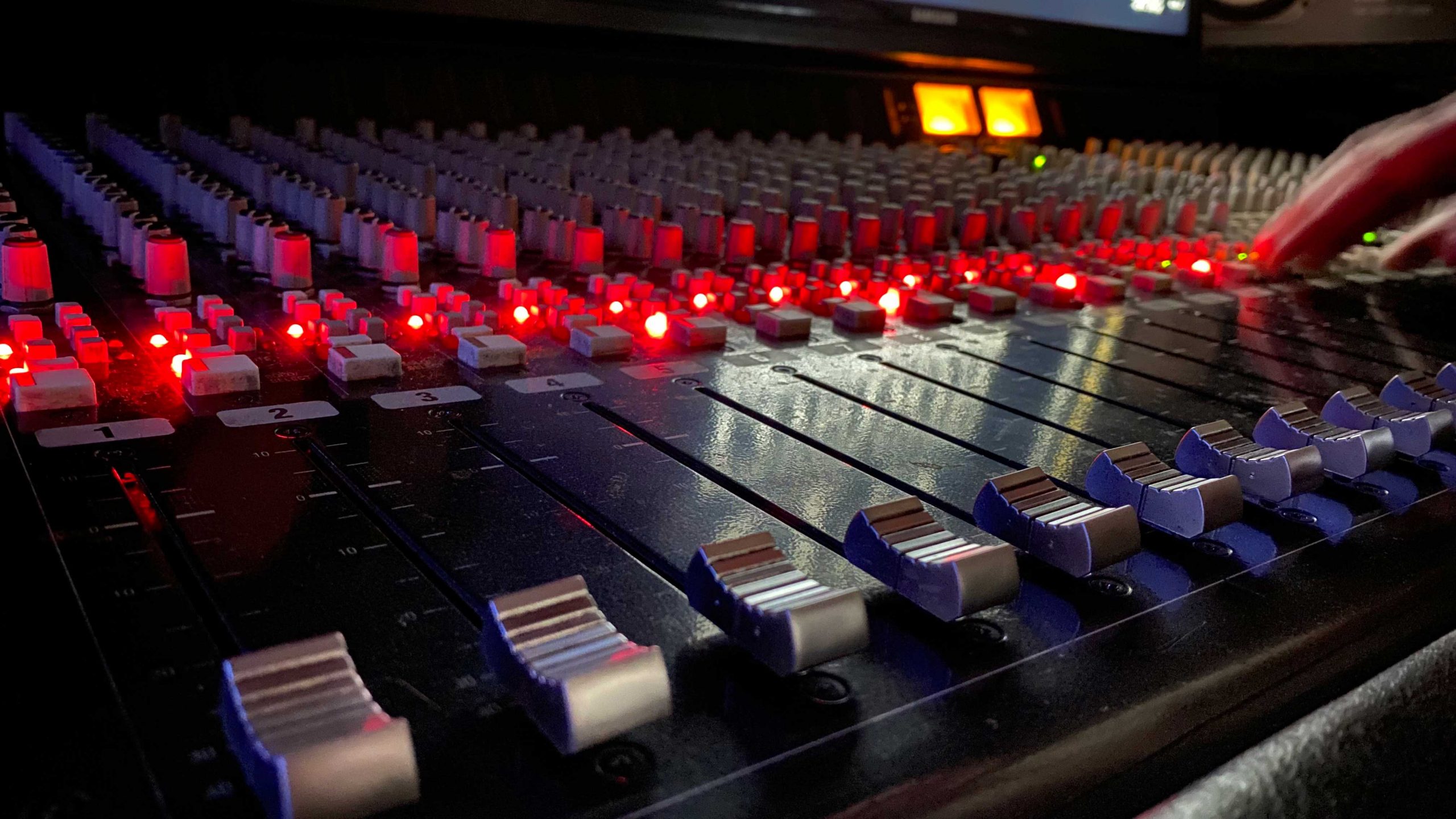
How to record small percussion instruments
Recording hand percussion is often more challenging than it would initially appear to be. Part of the problem is that often the sound pressure levels aren’t that high — so close-miking appears to be a sensible approach to take — yet a lot of physical movement is involved in playing the instrument in question, making distant mic placement seem like a better option.
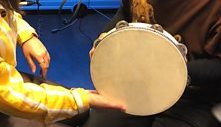 Whatever you’re recording — from balaphons to finger cymbals and thumb pianos — you will need a microphone that is able to deal with a very wide range of frequencies. Percussion obviously involves a lot of fast transients, and the detail of the sound is conveyed by those transients, so a responsive microphone such as a capacitor is a must. But ribbon mics are enjoying renewed popularity, thanks to the new cheap components flooding the market. These tend to sound smoother and more natural than capacitor mics, without any resonant emphasis at the high end (which can be an issue with tambourines, for example). However, most have a figure-of-eight polar pattern, which will result in more room pickup than, for example, a cardioid mic. Some ribbons are designed with ‘bright’ and ‘dark’-sounding sides, so some experimentation may be appropriate to see what complements the percussive sound best.
Whatever you’re recording — from balaphons to finger cymbals and thumb pianos — you will need a microphone that is able to deal with a very wide range of frequencies. Percussion obviously involves a lot of fast transients, and the detail of the sound is conveyed by those transients, so a responsive microphone such as a capacitor is a must. But ribbon mics are enjoying renewed popularity, thanks to the new cheap components flooding the market. These tend to sound smoother and more natural than capacitor mics, without any resonant emphasis at the high end (which can be an issue with tambourines, for example). However, most have a figure-of-eight polar pattern, which will result in more room pickup than, for example, a cardioid mic. Some ribbons are designed with ‘bright’ and ‘dark’-sounding sides, so some experimentation may be appropriate to see what complements the percussive sound best.
Deciding whether the sound of the room enhances or degrades the recorded signal is something that you will have to do after listening to what’s coming from the mics. Generally speaking, domestic rooms tend to sound boxy and add little to the life of the sound. Therefore, you may be better off keeping the recording fairly dry and then adding ambient reverb (predominantly early reflections) when you mix. If you find that you’re getting too much of the room sound in your recorded signal, you can place a broadband absorber, such as a commercially available filter or some thick duvets, behind the mic.
Mic positioning varies from instrument to instrument, but my general rule for capturing a natural sound is not to bring the mic closer than the longest dimension of that part of the instruments that produces sound. In the case of a drum, this would be the head diameter, though as with all drums, you can mic them very close up if that produces a more useful sound, even though it may not be as accurate as miking from a greater distance. It’s always best to search for the sweet spot, but as a fallback position, you can usually capture a decent sound by miking over the player’s shoulder, providing the instrument sounds good to the player.
Absolute rhythmic accuracy is usually of prime importance with hand percussion, and if the performer’s abilities are limited (playing hand percussion accurately for a three-minute track is extremely difficult and tiring), then there isn’t much shame in identifying a bar, or a couple of bars, that work well, and then copying and pasting them as necessary into the track.


